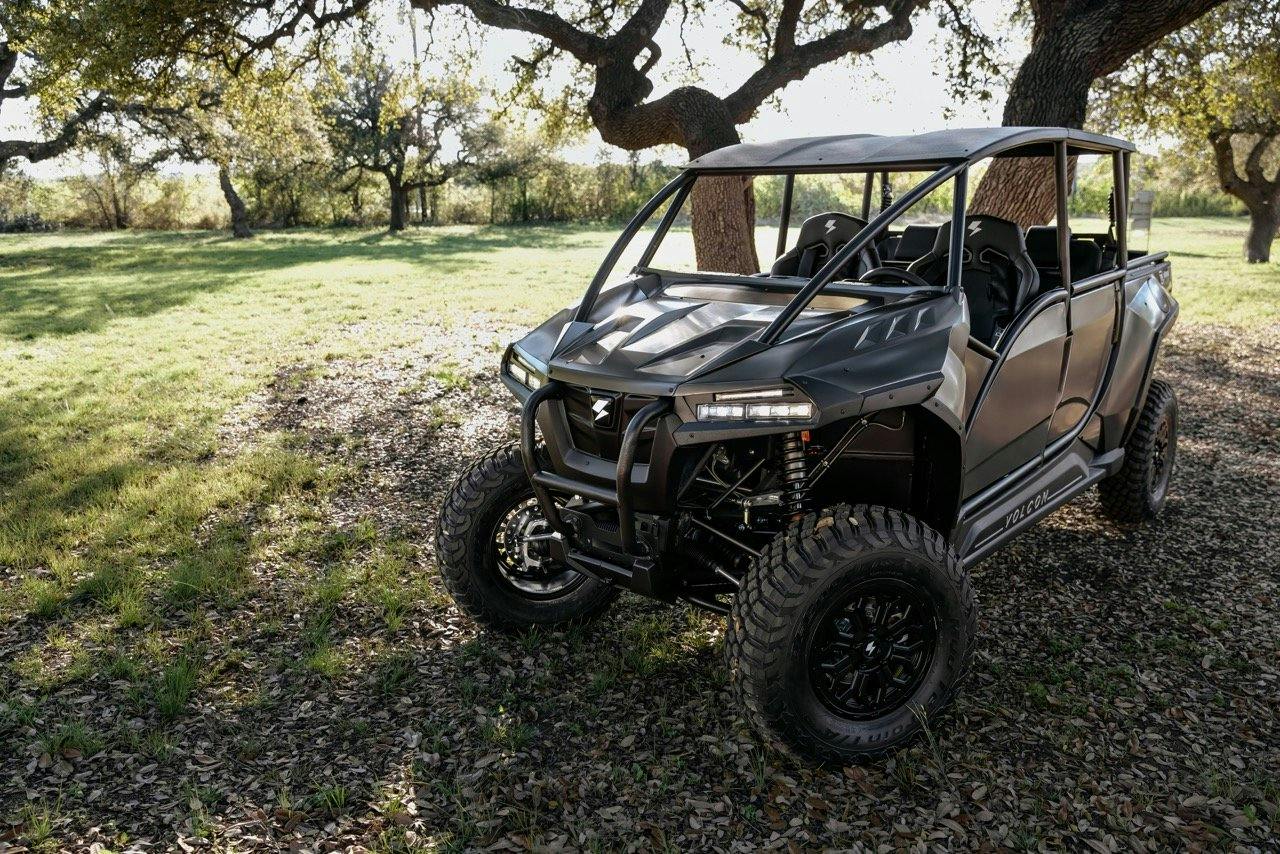As the world marches towards a future powered by electricity, the US Army Corps of Engineers (USACE) has teamed up with Volcon, an off-road EV startup, to lead the charge within military operations. The goal is to develop versatile electric vehicles tailored not only for the USACE’s own use but also to aid in the Army’s disaster response missions. This bold move illustrates a commitment to innovation and readiness in facing the emerging challenges of both natural and man-made disasters.
The Role of High-Performance Electric Vehicles in Disaster Response
The crucial operations of the USACE demand that they have more than just ordinary vehicles at their disposal. Their extensive work involving construction projects, dams, and waterways requires vehicles equipped for rugged terrain and challenging environments. The USACE’s participation in disaster response activities, as designated by the Federal Emergency Management Agency (FEMA), further amplifies the need for off-road capability in their fleet.
While vehicle electrification has been on the Army’s radar, progress has been less than swift, necessitating the partnership between the USACE and Volcon. This collaboration is intended to result in the creation of durable and efficient electric vehicles capable of fulfilling the diverse needs of the USACE and the Army at large.
Advancing the US Army’s Electric Vehicle Technology
Volcon brings its expertise to the table, working with USACE to push boundaries in energy management for electric vehicles. This endeavor aims to enhance electric vehicles’ measurement, monitoring, and range extension abilities while improving power export procedures. Additionally, the partnership seeks to contribute to the Army’s interest in developing microgrids and electric vehicle-to-grid technologies.
One interesting aspect of their plan is to develop “enhanced tactical ground vehicle applications,” which hints at possible downstream benefits for not just the Army but also the US Marine Corps. This is particularly relevant since the Army has long been seeking to modernize its Joint Light Tactical Vehicle (JLTV) for use by both branches of the military, with some manufacturers hinting at electric options.
However, Volcon’s efforts appear primarily focused on emergency response, suggesting that these electric vehicles must meet stringent requirements for resilience and performance, similar to those anticipated for the Army’s JLTV project.
Initial Developments and Future Possibilities
Despite the embryonic stage of this project, Volcon has already delivered the first production electric vehicles called “Stag” for USACE’s purview. These vehicles are undergoing exhaustive testing in Texas before one is dispatched to educational and demonstration duties within their dealer network.
In parallel, USACE has not been idle in pursuing electric vehicle infrastructure. They’ve rolled out an online tool designed to guide federal agencies in optimizing locations for EV charging stations, taking into account a myriad of factors such as emissions and energy costs.
Major Strides in Off-Grid Electric Vehicle Infrastructure
USACE’s commitment to electric vehicles is further evidenced by their recent order of off-grid EV charging stations from Beam Global, worth $7.4 million. These stations will be stationed across numerous locations, enhancing the Army Materiel Command‘s operational capabilities and potentially setting a precedent for EV use across the military.
This investment in 88 charging stations may seem modest in the grand scheme of the EV transition. Still, it represents a significant step within the Army’s supply chain, signaling an operational shift towards modernization and sustainability that could ripple throughout military logistics and beyond.
Moreover, these sites are just one facet of USACE’s broader plan to deploy hundreds of solar-powered charging stations across the Army Installation Management Command network, underlining the Army’s forward-thinking approach to energy management.
In sum, this fresh approach by the USACE and its partners marks the start of an electrified path for military vehicles, merging the principles of environmental stewardship with the uncompromising requirements of military readiness and disaster response.
